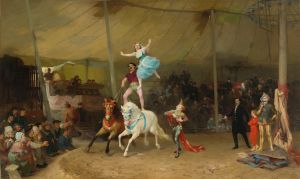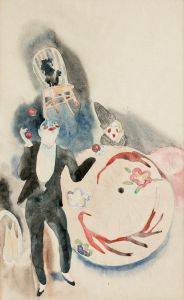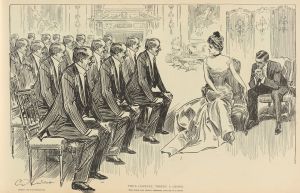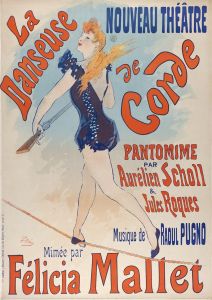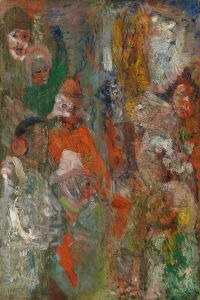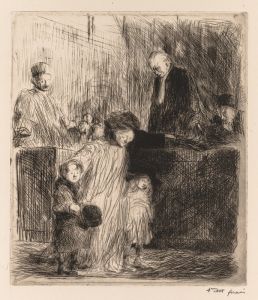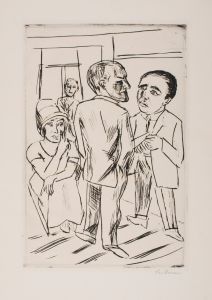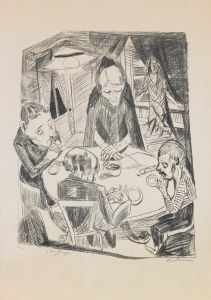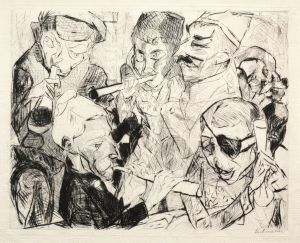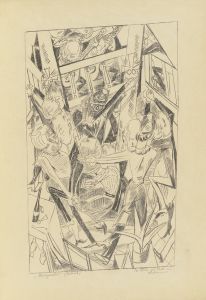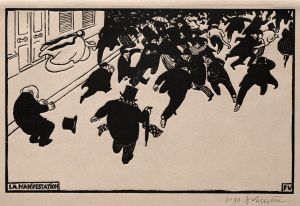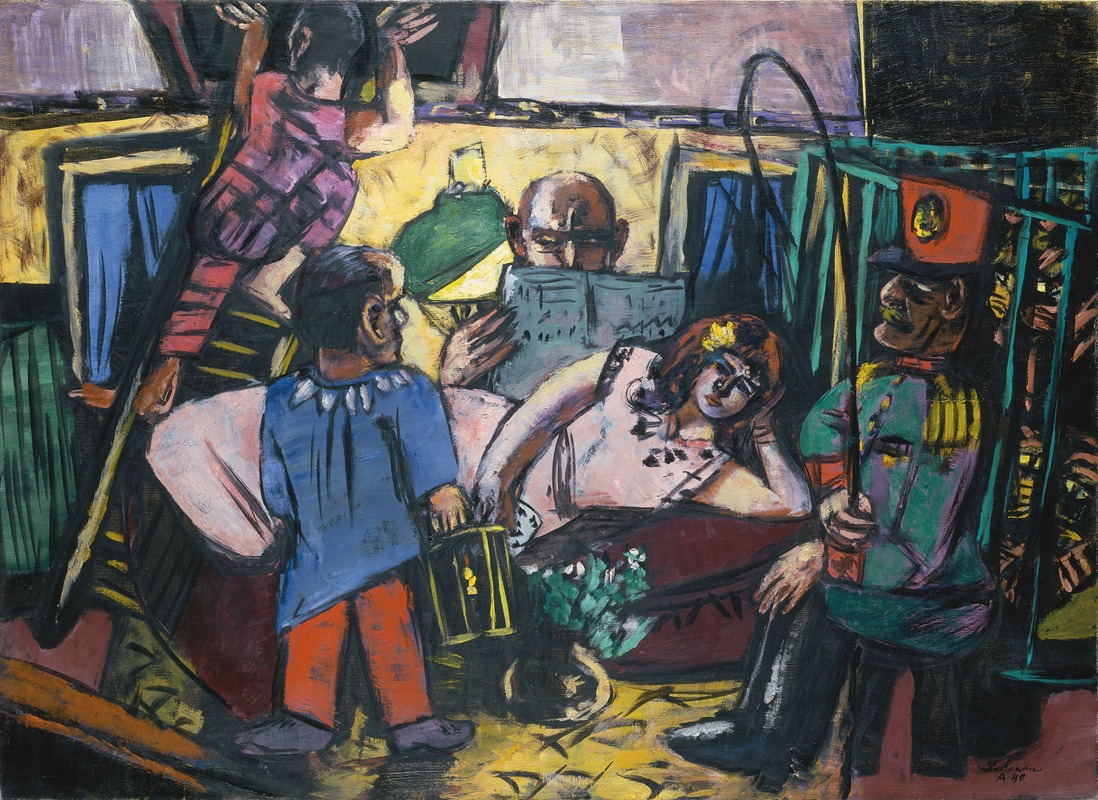
Circus Caravan
A hand-painted replica of Max Beckmann’s masterpiece Circus Caravan, meticulously crafted by professional artists to capture the true essence of the original. Each piece is created with museum-quality canvas and rare mineral pigments, carefully painted by experienced artists with delicate brushstrokes and rich, layered colors to perfectly recreate the texture of the original artwork. Unlike machine-printed reproductions, this hand-painted version brings the painting to life, infused with the artist’s emotions and skill in every stroke. Whether for personal collection or home decoration, it instantly elevates the artistic atmosphere of any space.
Max Beckmann's "Circus Caravan" is a notable painting by the German artist, created in 1939. Beckmann, known for his distinctive style that blends elements of Expressionism and New Objectivity, often explored themes of human experience, societal structures, and the complexities of life through his work. "Circus Caravan" is a prime example of his mature period, reflecting his deep engagement with the human condition and the tumultuous times in which he lived.
The painting depicts a vibrant and somewhat chaotic scene of a circus caravan, filled with performers and animals. Beckmann's use of bold colors and dynamic composition captures the energy and movement of the circus, while also conveying a sense of underlying tension and unease. This duality is characteristic of Beckmann's work, as he often sought to reveal the darker aspects of human existence beneath the surface of everyday life.
Beckmann's interest in the circus as a subject can be traced back to his fascination with the idea of the circus as a microcosm of society. The circus, with its diverse cast of characters and its blend of reality and illusion, provided a rich metaphor for the complexities and contradictions of the human experience. In "Circus Caravan," Beckmann uses the circus setting to explore themes of performance, identity, and the blurred lines between reality and illusion.
The painting is also notable for its composition and use of space. Beckmann employs a fragmented, almost cubist approach to the composition, breaking the scene into a series of interlocking planes and angles. This creates a sense of disorientation and instability, reflecting the uncertain and precarious nature of life during the late 1930s, a period marked by political upheaval and the looming threat of World War II.
"Circus Caravan" is part of a larger body of work that Beckmann created during his time in exile. After being labeled a "degenerate" artist by the Nazi regime, Beckmann fled Germany in 1937 and spent the next decade living in Amsterdam. This period of exile had a profound impact on his work, as he grappled with themes of displacement, alienation, and the search for meaning in a world that seemed increasingly chaotic and unpredictable.
The painting is housed in the Saint Louis Art Museum, which holds a significant collection of Beckmann's work. The museum's collection provides valuable insight into the artist's development and the evolution of his style over the course of his career. "Circus Caravan" is a key piece within this collection, exemplifying Beckmann's ability to combine technical mastery with deep psychological insight.
In summary, "Circus Caravan" by Max Beckmann is a powerful and evocative painting that captures the complexity and uncertainty of the human experience. Through its dynamic composition, bold use of color, and rich thematic content, the painting offers a compelling glimpse into the mind of one of the 20th century's most important artists.





